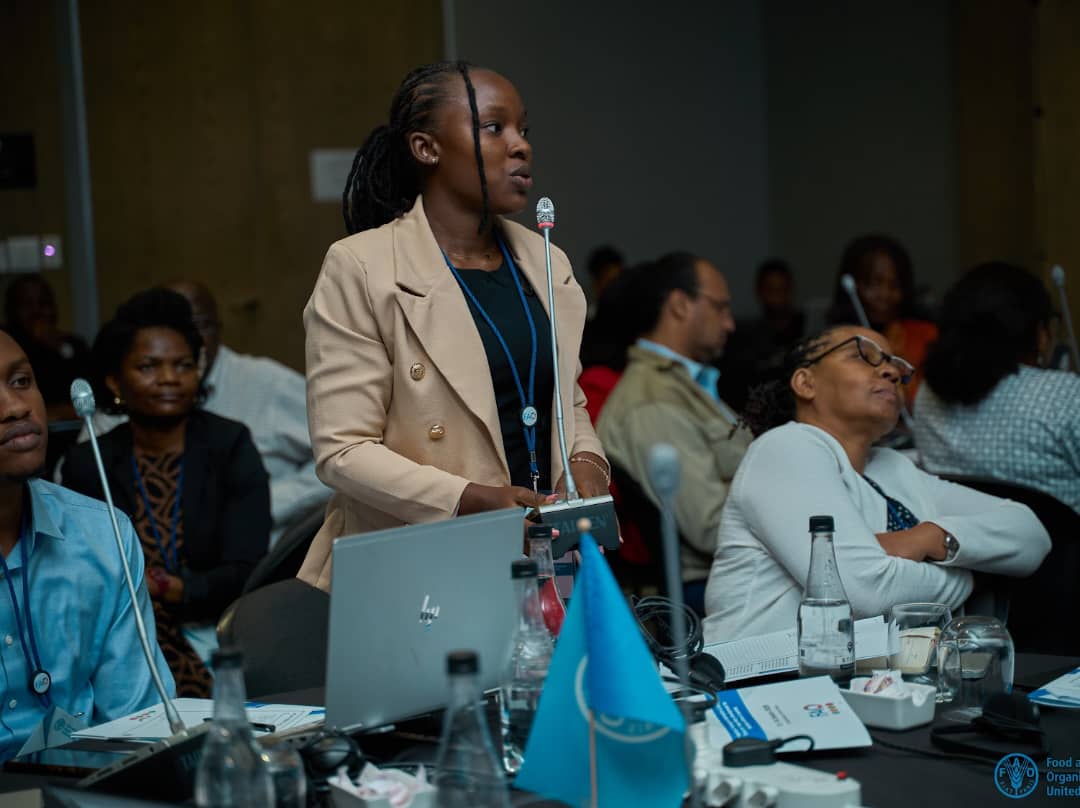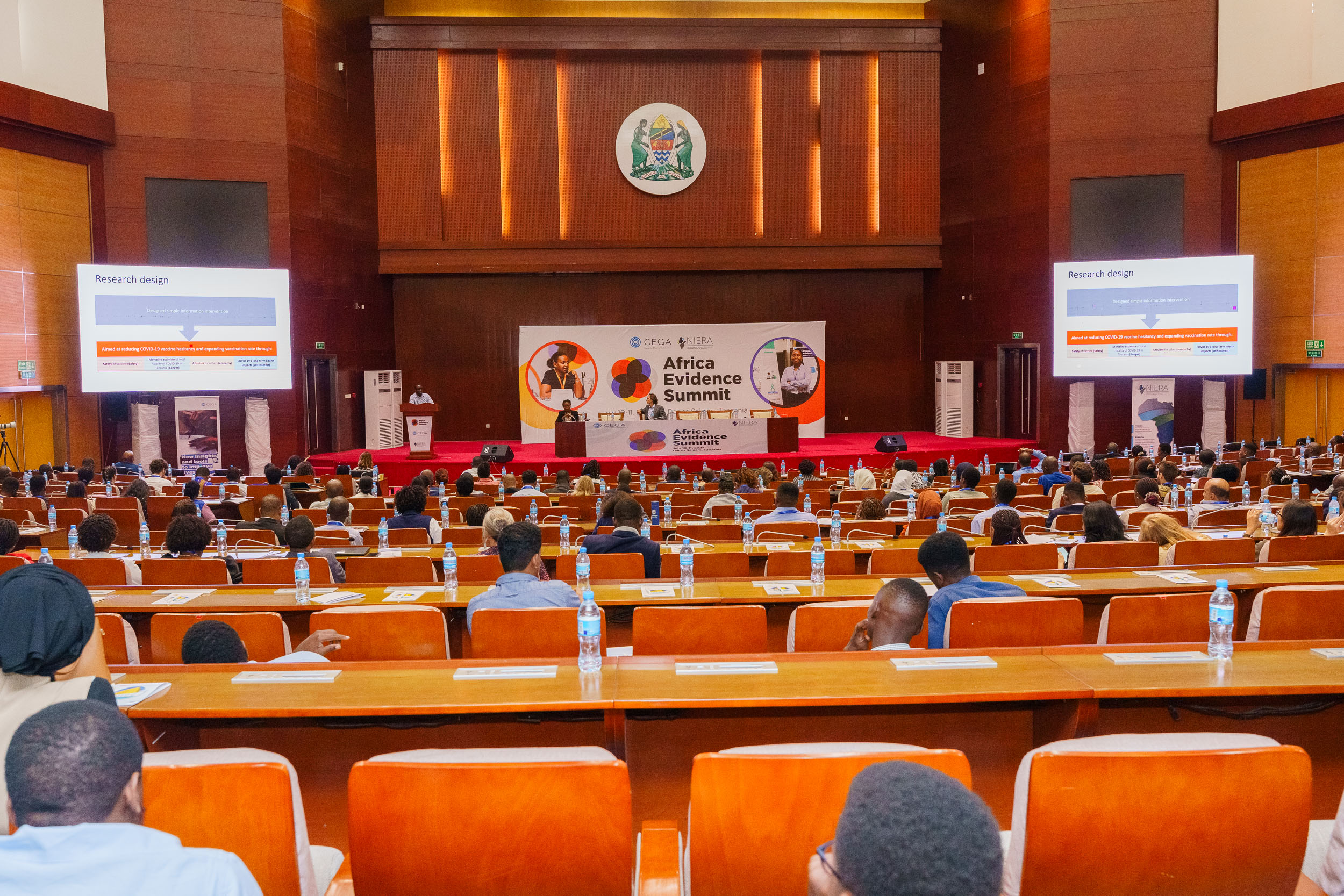Assessment of Variation in Marginal Productivity Value of
Water in Paddy Farming Systems in Times of Water Stress
Onesmo Zakaria Sigalla 1,2,*, Reuben Mpuya Joseph Kadigi 3 and Juma Rajabu Selemani 1
1 Nelson Mandela–African Institution of Science and Technology, Nelson Mandera Road,
Arusha P.O. Box 447, Tanzania
2 Water Right (T) Ltd., 109 Regent Estate, Mikocheni, Dar es Salaam P.O. Box 8703, Tanzania
3 School of Agricultural Economics and Business Studies, Sokoine University of Agriculture,
Morogoro P.O. Box 3007, Tanzania
* Correspondence: onesigalla@gmail.com; Tel.: +255-(754/713)-535-997
Abstract: Global projections show that increases in agriculture water productivity (AWP) by 30 and 60% in rain-fed and irrigated agriculture, respectively, are required to ensure food security in the period 2000–2025. In sub-Saharan Africa, attempts to understand AWP has seen a lamping of input values which paints an unrealistic picture of AWP. We employed the residual imputation method to isolate the marginal productivity value of water in six paddy farming systems viz. the conventional transplant and flooding system (CTFS), the system of rice intensification (SRI), and the Kilombero Plantation Limited (KPL) mechanized system. Findings showed that AWP for rainfed CTFS is 0.39 Kg/m3 or 0.003 US$/m3, irrigated CTFS (0.30 Kg/m3 or 0.002 US$/m3), rainfed SRI (0.68 Kg/m3 or 0.08 US$/m3), irrigated SRI (0.52 Kg/m3 or 0.06 US$/m3), rainfed KPL (0.33 Kg/m3 or 0.05 US$/m3), and irrigated KPL (0.68 Kg/m3 or 0.11 US$/m3). This shows that rainfed systems have good AWP, especially physical ones. We recommend a rollout of rainfed SRI to secure local food security and downstream ecosystem services. In addition, groupings of farmers will assist in optimizing resources, stabilizing markets, and prices for the better economic value of water (US$/m3). Adoption of SRI will require intensive demonstration that needs public financing. In addition, revamping the
KPL off-taker arrangement with small-holder farmers could also be a good PPP anchor.
Keywords: agriculture productivity; climate adaptation; water value; hydro-economics; water productivity
Click here to download full article: https://www.mdpi.com/2073-4441/14/21/3459



